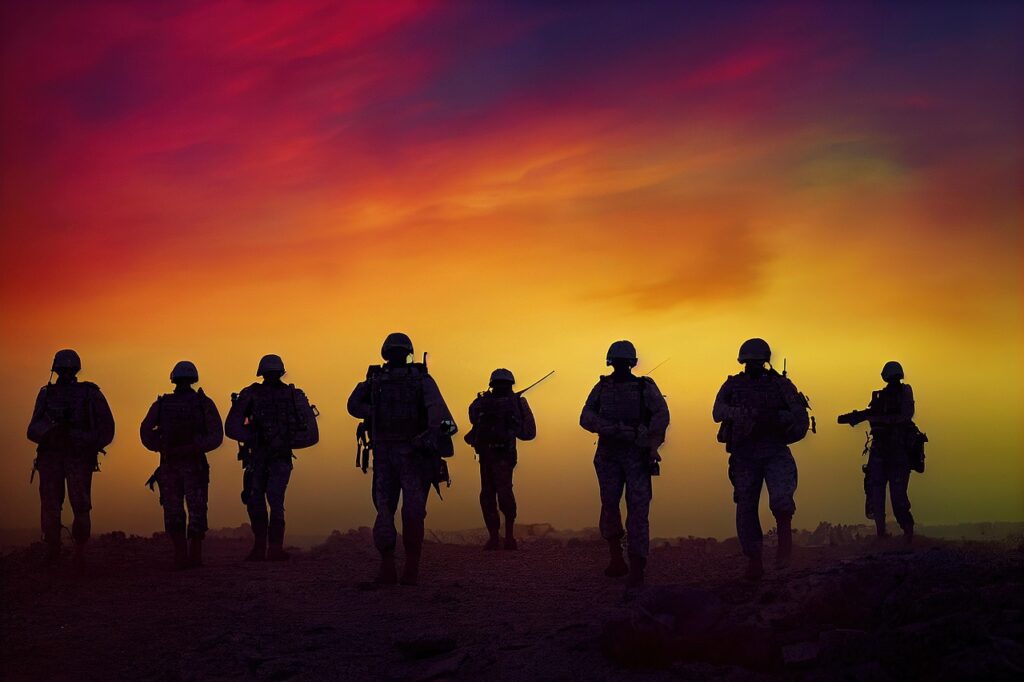
The lives of those who have served in the armed forces are marked by profound experiences, shaping individual destinies and the fabric of societies. From Latin roots defining ‘old’ or experienced, the term “veteran” encapsulates a journey of dedication, sacrifice, and often, personal transformation. Understanding the multifaceted realities faced by these individuals becomes paramount, particularly as generations who served enter their later years, bringing their enduring legacies into sharp focus.
This in-depth exploration delves into the comprehensive landscape of what it means to be a veteran, examining societal attitudes, global experiences, and foundational support systems. By analyzing historical shifts and contemporary challenges, this article provides a clear, authoritative overview of their service and subsequent civilian transitions. We honor the collective narrative of resilience and the ongoing imperative to care for those “who shall have borne the battle,” ensuring their contributions are acknowledged, especially as many reach the venerable age of 93.
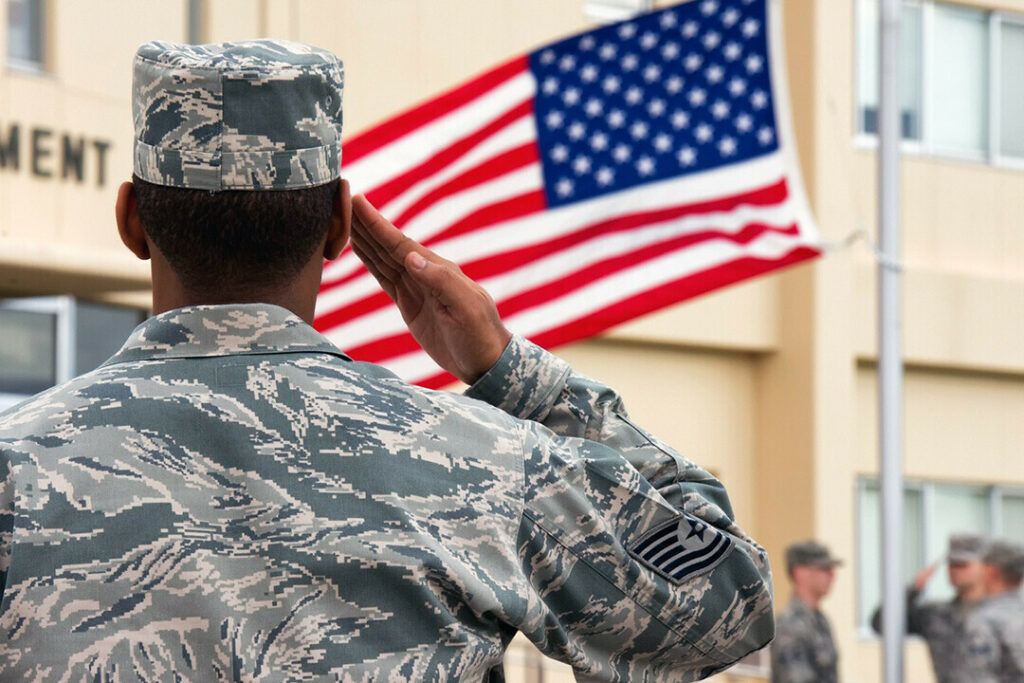
1. **The Enduring Definition of a Veteran**The very essence of what constitutes a “veteran” carries a richness of meaning, evolving across cultures and epochs. It signifies a person with significant experience and expertise. Derived from the Latin “vetus” meaning ‘old’, the term denotes a seasoned individual. In contemporary discourse, the definition crystallizes around those who have served in the armed forces and are no longer actively serving, distinguishing them from the general population.
This military-centric definition is crucial, separating general experience from uniformed service. In the United States, a veteran is defined as a person who has served in the armed forces—including the Reserve and certain National Guard members—and was discharged under conditions other than dishonorable. This legal precision is vital, forming the basis for eligibility for various governmental and societal support.
A common misconception suggests only those who served in combat or retired from active duty are military veterans. The reality is more inclusive, encompassing any individual meeting service and discharge criteria, regardless of direct conflict or full career completion. This broader understanding underscores a national commitment to acknowledge all who have worn the uniform and their indelible contributions.
Read more about: Hollywood Legends: 13 Iconic Actresses You Rarely See on Screen Anymore (and Why We Still Love Them!)
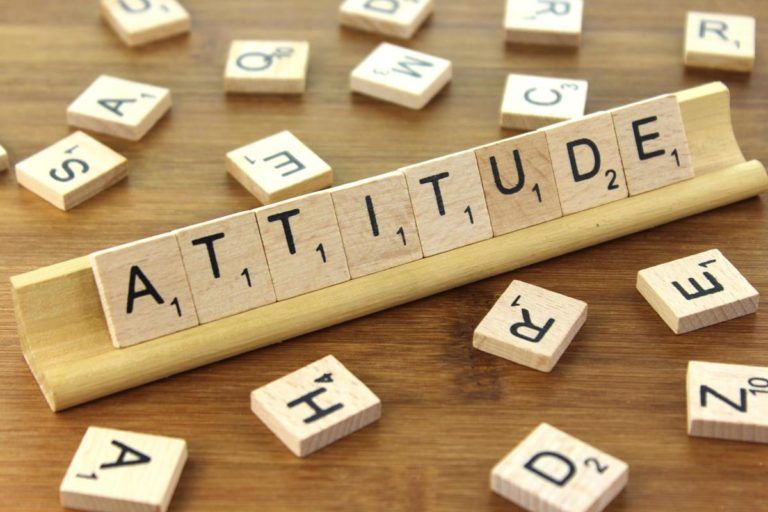
2. **Global Perspectives on Public Attitudes Towards Veterans**Public sentiment towards military veterans is complex, woven from national history, conflict outcomes, and societal values. Generally, war veterans are accorded significant respect and honor in many countries, celebrated for their sacrifice and dedication. This often manifests in specific traditions, ceremonies, and national holidays. For instance, Commonwealth member states hold Remembrance Day on November 11th, focusing mostly on veterans who died in service.
This day is marked by wearing a red or white poppy, symbolizing remembrance or peace, with wreaths and flowers laid at memorials. In Russia, a post-WWII tradition sees newly married couples visiting a military cemetery on their wedding day. In France, those wounded in war are given first claim on public transit seats, demonstrating recognition.
However, this reverence is not universal. Public attitude can be shaped by the context of wars fought; veterans of unpopular or lost conflicts may face discrimination. Germany after 1945 is a notable example, where veterans are neither honored by the public nor have a dedicated Veterans Day. Media portrayals also contribute, underscoring the need to avoid stereotypes.

3. **The Unique Plight of Veterans in Congo-Kinshasa**The experiences of veterans can dramatically diverge based on national context and institutional stability. This is starkly illustrated by veterans from Congo-Kinshasa who served during the Belgian commitment to World War II. These individuals, once recognized and compensated, faced a precarious future following significant political upheaval.
Their compensation from the government, provided during the autocratic rule of dictator Mobutu Sese Seko, ceased entirely after his overthrow. This cessation of pensions left many elder veterans in dire circumstances, residing in communities throughout the Congo without the financial support they once received. Their stories underscore the profound vulnerability of veterans when state structures falter.
Such lack of sustained governmental commitment reveals a stark contrast to nations with entrenched welfare systems for service members. The ongoing struggles of these veterans highlight a critical aspect of post-service care: it is not merely initial recognition but enduring, systemic support that transcends political changes. Their plight serves as a powerful reminder of how geopolitical instability can disproportionately affect society’s most deserving members.

4. **Historical Evolution of Veteran Support in the United Kingdom**The history of veteran support in the United Kingdom offers a compelling narrative of evolving societal responsibility, particularly as the nation grappled with the human cost of its military engagements. Britain, with its historic distrust of standing armies, initially provided scant care for its veterans before the 19th century. Early efforts were minimal, with only two small hospitals established in the 1680s, leaving many disabled or disfigured former service members to beg for alms in city streets.
The profound scale and human toll of the First World War dramatically shifted national attention toward veterans, especially those who returned partly or wholly disabled. This catastrophic conflict galvanized efforts to provide more structured support, recognizing a collective societal obligation. A pivotal development was the King’s National Roll Scheme (KNRS), an innovative employment program specifically designed for disabled veterans of the First World War.
Kowalsky describes the KNRS as practical, innovative, and ahead of its time, deeming it the most important legislation enacted for disabled veterans in interwar Britain. Beyond direct aid, it stimulated crucial national dialogue regarding the state’s responsibility for employment programs, setting a precedent for future demands for expanded benefits. In the 21st century, Britain boasts one of the highest densities of veterans in a major country, with 13 million in 2000, underscoring their enduring presence and ongoing needs.
Read more about: Automotive Hall of Fame Inductee Jay Leno Joins Drew Carey to Unleash Vehicular Carnage in Premiere Car Soccer Match
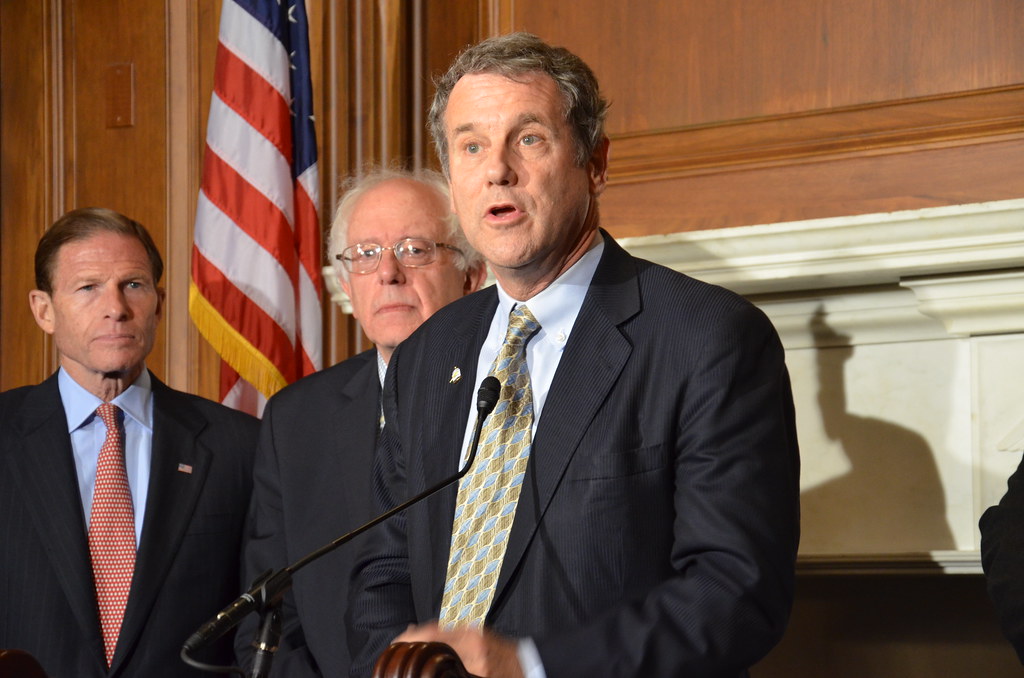
5. **The Broad Landscape of Veteran Service in the United States**The United States maintains a robust and continually evolving framework for defining and supporting its veterans, rooted in a foundational commitment. As per U.S. law, a veteran is generally understood as an individual who has served in the armed forces, including members of the Reserve and certain National Guard units, and whose discharge was under conditions other than dishonorable. This precise legal definition underpins access to a wide array of federal and state benefits.
The demographic profile of American veterans has seen significant shifts, reflecting changes in military engagement and societal composition. In 1990, 40% of young Americans had a veteran parent, a figure that decreased to 16% by 2014, illustrating a diminishing direct connection between military service and the broader civilian population. As of 2017, the nation counted approximately 21 million American veterans.
By 2016, immigrant veterans constituted a notable segment, with Mexican and Filipino Americans forming the two largest populations among the 3% of all veterans born outside the U.S. Furthermore, Pew Research Center highlights an ongoing generational shift: only 4% of millennial men are veterans, a stark contrast to 47% of men in their 70s and 80s, many of whom came of age during the Korean War and its aftermath. These statistics underscore a changing landscape of military service and its future implications.
Read more about: Massachusetts: A Comprehensive Look at the Bay State’s Enduring Legacy, Economic Evolution, and Forward-Thinking Initiatives

6. **Deciphering Veterans’ Benefits in the United States**The commitment to veterans in the United States is tangibly expressed through a comprehensive system of benefits, reflecting President Abraham Lincoln’s poignant call in 1865 to “[T]o care for him who shall have borne the battle, and for his widow, and his orphan.” This sentiment laid the groundwork for future governmental responsibilities, though the nature and extent of benefits have evolved, often shaped by veteran advocacy.
Following the American Civil War, veterans’ organizations like the Grand Army of the Republic and United Confederate Veterans emerged, signaling a collective effort to support their own. A significant transformation in the treatment of veterans and benefits occurred after the First World War. The interwar period saw widespread discontent among veterans, leading to pivotal protest movements like the Bonus Army marching on Washington, D.C., to demand promised bonuses.
Today, federal medical benefits from the Department of Veterans Affairs (VA) hospitals are subject to specific service criteria: veterans generally must have served at least 180 days of active duty prior to September 7, 1980, or at least 24 months thereafter. These time limits are waived for veterans medically discharged and receiving a VA service-connected disability stipend. Beyond federal provisions, each U.S. state also establishes its own criteria for state-level veterans’ benefits, creating a multi-layered support network.

7. **The Transformative Post-World War II American Veteran Experience**The conclusion of World War II ushered in a transformative era for American veterans, fundamentally reshaping their integration into civilian society and contributing significantly to the nation’s post-war prosperity. Learning from First World War challenges, participating states, particularly the United States, established elaborate veterans’ administrations to proactively address the needs of returning service members. This foresight was critical in preventing a recurrence of social instability.
A cornerstone of this post-war strategy was the enactment of the G.I. Bill, championed by influential veterans groups such as the American Legion and Veterans of Foreign Wars organization. This landmark legislation provided veterans with access to free or subsidized education and health care, dramatically expanding opportunities for millions. The educational provisions, in particular, facilitated a wave of newly educated GIs who fueled significant economic impact, contributing to a burgeoning, skilled workforce.
Furthermore, with VA loans, these veterans were empowered to purchase homes, establishing themselves firmly within a rapidly expanding American middle class. The subsequent “explosion of the suburbs” created abundant housing, accommodating veterans and their families and cementing a period of unprecedented social and economic mobility. This period stands as a powerful testament to the positive feedback loop between comprehensive veteran support and national development, demonstrating how investing in service members yields profound and lasting societal benefits.
Read more about: Donald J. Trump: A Transformative Figure in American Business and Politics
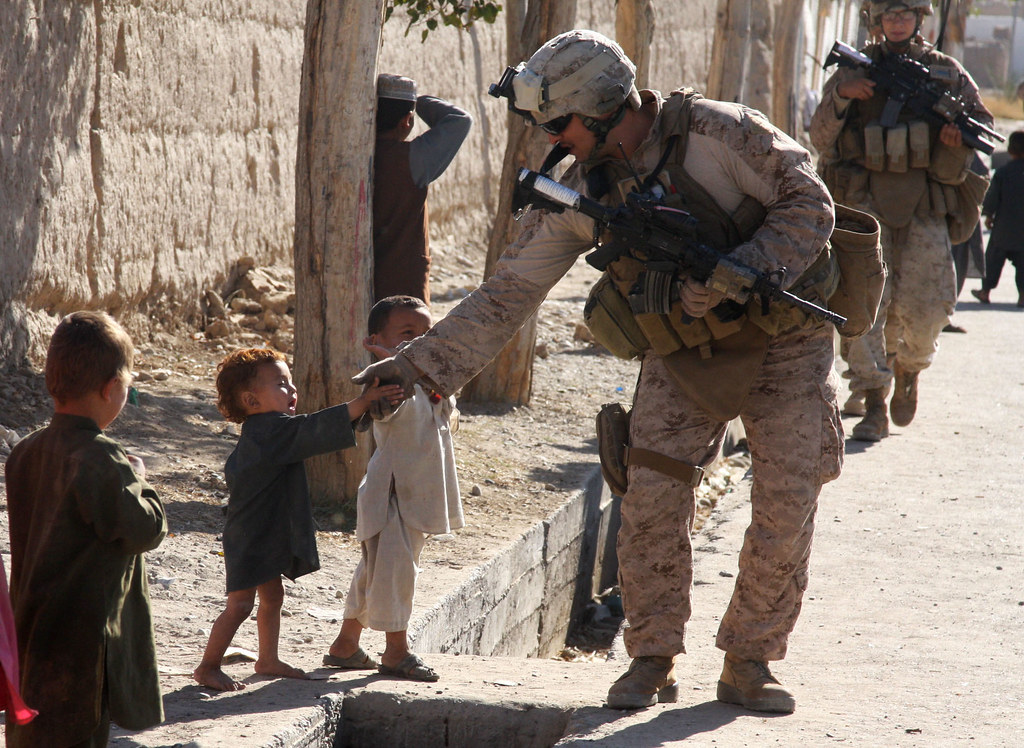
8. **American Veteran Experience After OEF and OIF**The landscape of military service and its aftermath has dramatically shifted for veterans of Operation Enduring Freedom (OEF) and Operation Iraqi Freedom (OIF). These conflicts, largely characterized by 21st-century warfare, have presented a unique set of challenges distinct from those faced by prior generations. A significant departure from previous engagements has been the increased reliance on reservists and the necessity for repeat deployments, fundamentally altering the experiences of those who served.
Up to 80% of the troops deployed at the commencement of OEF were members of the National Guard and Reserve, a demographic not always as deeply immersed in military culture as their active-duty counterparts. This has often resulted in more difficult transitions into military life for many individuals. Furthermore, approximately 40% of currently serving military members have undergone multiple deployments, leading to an intensified cycle of transitions, prolonged periods of uncertainty, extended service terms, and shorter periods at home. These combined factors coalesce to generate heightened stress levels among service members.
Moreover, advancements in medical technology have profoundly impacted the outcomes of 21st-century warfare. While fewer service members succumb to their injuries on the battlefield, a greater number return home with severe wounds that, in earlier conflicts, would have proven fatal. This medical paradox means that survivors often endure injuries that are more serious and, consequently, more emotionally devastating than ever before. The long-term implications of these severe injuries often extend beyond the physical, deeply affecting a veteran’s psychological well-being.
Among the increasingly common injuries observed in OEF/OIF veterans is Traumatic Brain Injury (TBI). The effects of TBI are highly variable, ranging from a mild concussion with temporary symptoms to severe neurological damage, memory loss, and profound cognitive impairments. The prevalence and complexity of TBI necessitate specialized care and support, underscoring the enduring and often invisible burdens carried by those who have served in these modern conflicts.
Read more about: Beyond the Battlefield: Unpacking the Enduring Legacy, Global Impact, and Urgent Needs of Our Nation’s Valued Veterans

9. **The Specific Challenges of Female Veterans in the U.S.**Women have played a vital, though often overlooked, role in the United States military for over two centuries, demonstrating unwavering dedication and courage across numerous conflicts. Despite this long history of service, female veterans have historically faced unique obstacles, frequently perceiving themselves as subjected to discrimination by their male counterparts. This experience has led to them being colloquially known as “the invisible veterans,” a term that underscores the lack of recognition and tailored support they have often received.
For a considerable period, women who served were not fully acknowledged as veterans, a systemic oversight that precluded them from accessing vital benefits. It was not until after World War II that female service members gained full recognition as veterans, finally becoming eligible for the comprehensive benefits offered by the Department of Veterans Affairs (VA). Today, women constitute more than 8 percent of all U.S. veterans, and notably, they represent nearly 11.6 percent of those who served in OEF, OIF, and Operation New Dawn (OND), highlighting their significant presence in recent conflicts.
In recent years, there has been a growing national movement to recognize and address the distinct needs of female veterans. A number of states have begun to officially recognize June 12 as Women Veterans Day, either through legislative action or gubernatorial proclamation, elevating awareness of their contributions. Concurrently, new programs are being established to provide targeted support, such as the Women Veterans Program created by Erica Borggren as Director of the Illinois Department of Veterans Affairs.
Such initiatives are designed to tackle the critical issue that female veterans often do not self-identify as veterans or, consequently, do not fully utilize the array of veterans’ benefits to the same extent as their male peers. Discussions among experts, such as the webcast panel moderated by Stacey Baca with Dr. Rebecca J. Hannagan and Kimberly Mitchell at the Pritzker Military Library in 2013, further emphasize the ongoing efforts to illuminate and address the multifaceted issues confronting women who serve in today’s military.
Read more about: Unveiling America: A Journey Through the United States’ Rich Tapestry of History, Geography, and Enduring Global Influence

10. **The Historical Struggles of African American Veterans in the U.S.**African Americans have honorably served in every conflict fought by or within the United States, their contributions foundational to the nation’s military history. However, their experiences upon returning home have frequently been marred by systemic racial prejudice and inequality, starkly contrasting with the ideals they fought to uphold. Following World War I, Black veterans, particularly those returning to Southern cities, were met with profound racial persecution, a painful testament to the deeply entrenched racial divisions within American society.
The challenges continued for Black veterans returning from World War II. Despite President Harry S. Truman’s monumental executive order to desegregate the military after the war, African American veterans continued to face widespread denial of equality in civilian life. This pervasive discrimination meant that the sacrifices made for their country often went unrewarded in their own communities, where they were still subjected to segregation, limited opportunities, and social injustice.
Against this backdrop of enduring racial inequity, Black veterans emerged as central figures in the burgeoning civil rights movement of the 1950s and 1960s. Their experiences in a disciplined military, coupled with the profound contradiction between their service abroad and their treatment at home, imbued them with a unique resolve and organizational capacity. They leveraged their military training and a deep understanding of collective action to demand equal rights and challenge the discriminatory structures of American society, becoming powerful advocates for change.
Today, organizations such as the National Association for Black Veterans (NABVETS) continue this legacy of advocacy and support. NABVETS plays a crucial role in providing resources, representation, and a unified voice for African American and other minority veterans, working to ensure that their service is fully recognized and that they receive the benefits and respect they have rightfully earned. These ongoing efforts highlight the continuing need to address historical injustices and support all veterans equitably.
Read more about: Beyond the Hue: Unpacking the Complex Layers of Donald Trump’s Public Persona and Enduring Impact
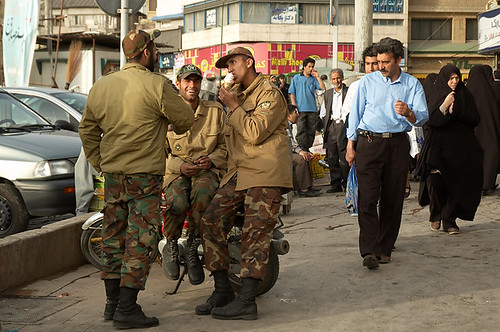
11. **The Profound Health Effects of Military Service**Active military service, while a profound act of patriotism and sacrifice, often leaves an indelible mark on individuals, both physically and psychologically. The intensity and demands of military life, particularly combat exposure, can have lasting effects that extend far beyond the period of active duty. Many veterans find it exceedingly difficult to adjust to normal civilian life once their service concludes, confronting challenges that can profoundly impact their well-being and social integration.
This difficulty in adjustment often manifests in severe social and personal consequences. Data from 2009 in the United Kingdom, for instance, revealed a troubling statistic: twice as many veterans were incarcerated than there were British troops actively serving in Afghanistan at that time. Beyond the criminal justice system, homelessness, prolonged periods of street-sleeping, and significant relationship breakdowns are commonly reported issues among those who have served, painting a stark picture of post-service struggles.
Compounding these concerns, research has underscored the vulnerability of veterans to homelessness. Studies conducted by the UK homelessness charity CRISIS in 1994 and the Ex-Services Action Group in 1997 both reported that a quarter of all homeless individuals had previously served in the armed forces. Furthermore, The Times newspaper highlighted in September 2009 that the number of “military veterans in jail has more than doubled in six years” in England and Wales, while the veterans mental health charity Combat Stress noted a 53% increase in referrals from doctors, indicating a growing and urgent need for comprehensive mental health support.
These statistics and observations collectively illustrate that the consequences of military service are far-reaching, encompassing not only direct combat injuries but also profound psychological and social challenges that require sustained attention and robust support systems. The transition back to civilian life is not merely a logistical shift but a complex process demanding extensive care for both the visible and invisible wounds of war.
Read more about: Devon: Unveiling the Enduring Spirit of England’s Southwestern County

12. **Understanding the Elevated Risk of Suicide Among Veterans**Military veterans across various nations, including Australia, Canada, the United Kingdom, and the United States, face a substantially elevated risk of suicide compared to the general population. This concerning trend is particularly pronounced among younger veterans, highlighting a critical area of public health concern that demands focused intervention and support strategies. The psychological toll of service, combined with various post-service stressors, contributes to this heightened vulnerability.
Interestingly, studies in Canada, Denmark, the U.K., and the U.S. have indicated that deployment to a war zone, unless in a direct combat role, has not consistently been associated with an increased risk of suicide. This suggests that the experience of service itself, rather than solely combat exposure, can be a significant factor. A study focusing on the U.S. army, for example, identified initial military training as a career stage carrying a notably high risk, underscoring the formative and sometimes stressful nature of early military life.
Numerous risk factors contribute to this elevated suicide risk among personnel and veterans. Research across several countries has identified individuals with a troubled childhood, those of low rank, those engaged in close-combat roles in war, and those who leave service soon after joining as being particularly vulnerable. Additional common risk factors inherent to military life and post-service adjustment include depression, posttraumatic stress disorder (PTSD), alcohol misuse, experiences of bullying, and sexual harassment.
The devastating impact of these factors is exemplified by various reports. A London Metro article from 2010, titled ‘Veterans prone to suicide,’ cited a Mental Health Foundation report indicating that many UK veterans of the Afghanistan War had “plunged into alcohol problems, crime and suicide” upon their return. In the U.S., the suicide rate among veterans is reported to be 300% higher than the national average, accounting for a staggering 30% of all suicides annually. Even in Japan, a 2015 Ministry of Defense report indicated 56 Japan Self Defense Force members had committed suicide after overseas missions, with mental illness, family/financial problems, and official duties cited as causes.
Read more about: Beyond the Battlefield: Unpacking the Enduring Legacy, Global Impact, and Urgent Needs of Our Nation’s Valued Veterans

13. **The Pervasive Impact of Posttraumatic Stress Disorder (PTSD)**Posttraumatic Stress Disorder (PTSD) stands as a profound and pervasive condition that significantly impacts a considerable number of veterans globally. This mental health challenge arises from experiencing or witnessing traumatic events, a common reality for many in military service. Studies reveal varying prevalence rates, with an estimated 4-17% of United States veterans diagnosed with combat-related PTSD, while their counterparts in the United Kingdom experience significantly lower numbers, ranging from just 3-6%.
In response to this critical need, new treatment programs are continuously emerging to assist veterans grappling with post-combat mental health issues, including both depression and PTSD. Cognitive Behavioral Therapy (CBT) has emerged as an increasingly vital and effective method within this therapeutic landscape. It is currently recognized as the standard of care for the treatment of depression and PTSD by the United States Department of Defense, a testament to its proven efficacy in helping veterans process and cope with their experiences.
CBT is a psychotherapeutic approach meticulously designed to identify and modify the patterns of thinking or behavior responsible for a patient’s negative emotions. By addressing these underlying cognitive and behavioral pathways, the therapy aims to fundamentally alter how individuals feel, leading to improved emotional regulation and resilience. Its effectiveness in treating PTSD among war veterans has been robustly demonstrated. Furthermore, recent innovations include online programs that integrate CBT with structured therapist interaction, which have also shown promising results in effectively treating mental health problems among veterans, increasing accessibility to vital care.
Another significant therapeutic modality is Eye Movement Desensitization and Reprocessing (EMDR). This method is recognized as an effective and noninvasive, drug-free treatment for PTSD. While EMDR has demonstrated broad success, it is important to note that its efficacy has not been specifically tested against military traumatic exposure, suggesting an area for future research to further refine its application for this particular population.
Compounding these challenges, veterans under the age of 25 are identified as being at a higher risk for developing PTSD compared to their older peers. This younger demographic, when suffering from severe PTSD, faces additional health vulnerabilities, including an increased risk for metabolic syndrome and, tragically, a heightened risk of suicide, emphasizing the urgent need for early intervention and comprehensive support tailored to younger service members. Beyond clinical interventions, more creative therapies are proving beneficial, such as music therapy, which provides veterans with a unique and expressive outlet, helping them to alleviate anxiety and develop coping mechanisms for their PTSD. As Mike Lawson explains in ‘Music and Science Meet…Music Therapy,’ modern music therapy found its footing in Veteran’s Administration hospitals during and after both World Wars, demonstrating measurable positive effects on wounded and ‘shell-shocked’ patients and establishing a foundational use of this therapeutic art.
Read more about: Beyond the Battlefield: Unpacking the Enduring Legacy, Global Impact, and Urgent Needs of Our Nation’s Valued Veterans

14. **Other Mental and Substance Use Disorders in Veterans**Beyond the widely recognized challenge of Posttraumatic Stress Disorder, military veterans, particularly those in younger age cohorts, face a heightened susceptibility to a broader spectrum of mental and substance use disorders compared to the general population. This increased vulnerability underscores the comprehensive and often complex psychological impact that military service can have on individuals, necessitating a holistic approach to veteran health care.
Specifically, veterans under the age of 25 are identified as being at an elevated risk for developing substance use disorders, with alcohol use disorder being a notable concern. The pressures of military life, combat exposure, the stress of transition to civilian life, and pre-existing vulnerabilities can all contribute to the initiation or exacerbation of these conditions. These disorders often coexist with other mental health challenges, creating a complicated clinical picture that requires integrated treatment strategies.
Moreover, younger veterans are generally at an increased risk for mental illnesses across the board, extending beyond PTSD to include conditions such as depression, anxiety disorders, and other mood disorders. The cumulative stress of deployments, the potential for trauma, and the unique cultural adjustments required after leaving service can all contribute to this higher incidence of mental health conditions. Recognizing this broad vulnerability is crucial for ensuring that veterans receive appropriate screenings and access to diverse mental health services to support their long-term well-being.
Read more about: Beyond the Battlefield: Unpacking the Enduring Legacy, Global Impact, and Urgent Needs of Our Nation’s Valued Veterans

15. **Comprehensive Support Systems and Resources for Veterans**The multifaceted challenges faced by veterans have, out of necessity, led to the development of a diverse array of support systems and resources. Many of these crucial services are provided by independent, charitable organizations, stepping in where governmental aftercare and rehabilitation services may have been inadequate in some countries. This gap in state provision can sometimes stem from a reluctance to highlight the negative effects of military service or the difficulties of readjustment, for fear it might adversely impact recruitment for armed forces.
Despite these potential limitations, a broad network of help is available, and it is imperative that veterans feel empowered to reach out for assistance or advice without perceiving it as a sign of weakness. Military service is, by its very nature, a profoundly unnatural and often extraordinary experience, and it is entirely natural that some degree of support will likely be needed for debriefing and rehabilitation into the community, covering medical, psychological, practical, or financial needs.
The scale of this need is evident in statistics such as those from the United States, where an estimated 57,849 homeless veterans were identified in January 2013. This figure represented 12 percent of all homeless adults in the nation, with nearly 8 percent of these homeless U.S. veterans being female. These numbers underscore the critical importance of robust support structures to prevent service members from falling into severe hardship after their dedication to their country.
Veterans are strongly encouraged to connect with this extensive network of organizations, as well as appropriate legislators, who are dedicated to their welfare. Accessing these resources is a vital step in navigating the complexities of post-military life and ensuring that the sacrifices made are met with comprehensive and compassionate care. This collective responsibility extends to providing a stable foundation for those who have borne the battle and their families, honoring their service through tangible and sustained support.
Read more about: The Science of Speed: Unveiling How Just 15 Minutes of Fast Walking Each Day Can Add Years to Your Life
The enduring legacy of military service is one of profound commitment and sacrifice, shaping lives and nations. As this in-depth exploration has revealed, the journey of a veteran, from the battlefield to civilian life, is often fraught with complex challenges—from the unique psychological tolls of modern warfare to the historical fight for recognition and equality. It is a journey that demands not only our profound gratitude but also an unwavering commitment to comprehensive, accessible, and empathetic support. By understanding their experiences, acknowledging their struggles, and actively providing the necessary resources, we honor their service and strengthen the very fabric of our societies, ensuring that the care for those who have served remains a cornerstone of our collective responsibility.



